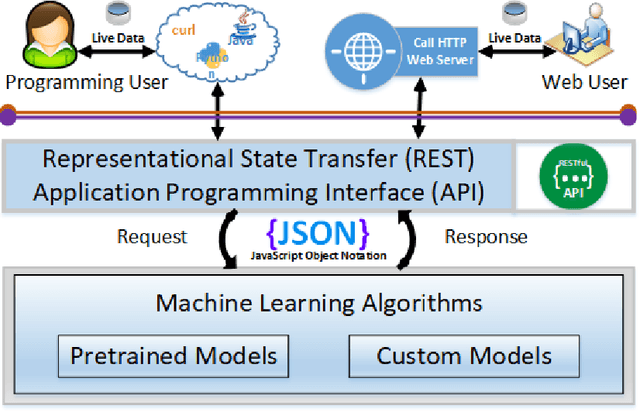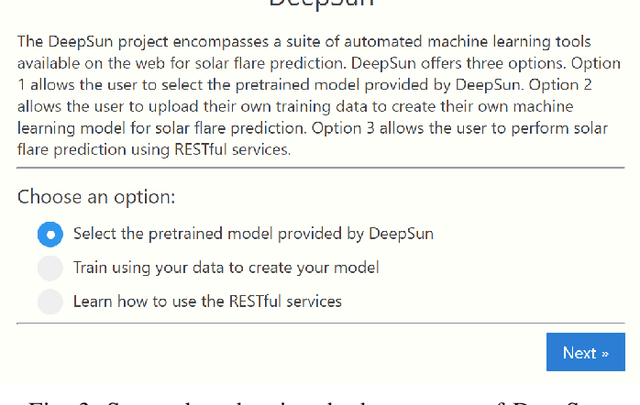Yang Nie
CoT-MISR:Marrying Convolution and Transformer for Multi-Image Super-Resolution
Mar 12, 2023Abstract:As a method of image restoration, image super-resolution has been extensively studied at first. How to transform a low-resolution image to restore its high-resolution image information is a problem that researchers have been exploring. In the early physical transformation methods, the high-resolution pictures generated by these methods always have a serious problem of missing information, and the edges and details can not be well recovered. With the development of hardware technology and mathematics, people begin to use in-depth learning methods for image super-resolution tasks, from direct in-depth learning models, residual channel attention networks, bi-directional suppression networks, to tr networks with transformer network modules, which have gradually achieved good results. In the research of multi-graph super-resolution, thanks to the establishment of multi-graph super-resolution dataset, we have experienced the evolution from convolution model to transformer model, and the quality of super-resolution has been continuously improved. However, we find that neither pure convolution nor pure tr network can make good use of low-resolution image information. Based on this, we propose a new end-to-end CoT-MISR network. CoT-MISR network makes up for local and global information by using the advantages of convolution and tr. The validation of dataset under equal parameters shows that our CoT-MISR network has reached the optimal score index.
DeepSun: Machine-Learning-as-a-Service for Solar Flare Prediction
Sep 04, 2020



Abstract:Solar flare prediction plays an important role in understanding and forecasting space weather. The main goal of the Helioseismic and Magnetic Imager (HMI), one of the instruments on NASA's Solar Dynamics Observatory, is to study the origin of solar variability and characterize the Sun's magnetic activity. HMI provides continuous full-disk observations of the solar vector magnetic field with high cadence data that lead to reliable predictive capability; yet, solar flare prediction effort utilizing these data is still limited. In this paper, we present a machine-learning-as-a-service (MLaaS) framework, called DeepSun, for predicting solar flares on the Web based on HMI's data products. Specifically, we construct training data by utilizing the physical parameters provided by the Space-weather HMI Active Region Patches (SHARP) and categorize solar flares into four classes, namely B, C, M, X, according to the X-ray flare catalogs available at the National Centers for Environmental Information (NCEI). Thus, the solar flare prediction problem at hand is essentially a multi-class (i.e., four-class) classification problem. The DeepSun system employs several machine learning algorithms to tackle this multi-class prediction problem and provides an application programming interface (API) for remote programming users. To our knowledge, DeepSun is the first MLaaS tool capable of predicting solar flares through the Internet.
 Add to Chrome
Add to Chrome Add to Firefox
Add to Firefox Add to Edge
Add to Edge